Rethinking SEO in the AI Era: A Shift Towards User-Centric Strategies
Contributors:
Amol Ghemud
Published: September 24, 2024
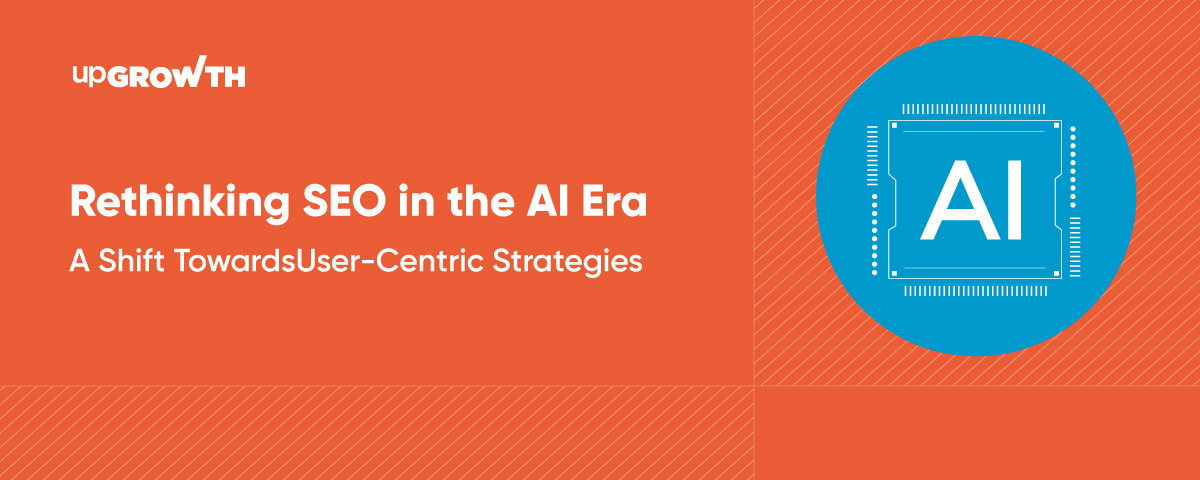
Summary
AI is transforming SEO by shifting the focus from traditional keyword optimization to a user-centric approach. As AI handles simpler, top-of-funnel queries, businesses should target mid-funnel SEO, where users look for in-depth information to make informed decisions. SEO strategies must now focus on understanding the user journey, creating high-quality content, and offering a seamless experience to meet evolving user needs. Traditional SEO methods are becoming less effective, and adapting to these changes is crucial for sustainable growth online.
The advent of artificial intelligence (AI), particularly large language models (LLMs), has significantly impacted how businesses approach SEO. During the changing dynamics of SEO in the AI era, emphasis is being placed on the shift from traditional keyword optimisation to a more user-centric approach.
We will explore how AI is reshaping SEO, the decline of top-of-funnel SEO, the rise of mid-funnel SEO, and the significance of adopting a user-centric approach to grow in this industry.
How AI is Reshaping SEO: A User-Centric Approach for the Future
While some traditional SEO tactics are losing effectiveness, AI is taking over SEO only partially. Instead, it is shifting the focus from merely targeting keywords to comprehending and addressing the entire user journey, especially in the mid-funnel stage.
The Decline of Traditional SEO and the Rise of Mid-Funnel
Traditionally, SEO relied heavily on optimising content around specific keywords and acquiring backlinks to improve search engine rankings. The primary goal was often to attract users at the beginning of their search journey, known as the “top-of-funnel.” However, AI has come to dominate this top-of-funnel stage, efficiently providing quick answers and summaries to simpler queries.
This dominance of AI in the top-of-funnel stage is causing a shift towards “mid-funnel SEO,” which targets users who are further along in their decision-making process. These users actively evaluate options, compare products or services, and seek more detailed information. They are looking for comprehensive insights, comparative analysis, and nuanced information to guide their decision.
Three Factors Driving the Shift to Mid-funnel SEO
- AI’s proficiency in handling simple queries pushes users further down the funnel. As AI effectively answers initial questions, users are driven to refine their searches and seek more in-depth information, leading them to the mid-funnel stage.
- Users are becoming more sophisticated in their search behaviour. With AI readily available for basic queries, users are entering more complex and detailed search queries that often exceed AI’s current capabilities.
- Mid-funnel users require a deeper level of engagement. They are not merely looking for quick answers but rather comprehensive information, comparisons, and nuanced insights to make informed decisions.
Embracing a User-Centric Approach
Businesses need to adopt a user-centric approach to SEO, aligning their strategies with how users naturally discover, evaluate, and choose products or services. This involves understanding that SEO should be treated more like a product than a marketing tactic.
Two fundamental questions to guide this user-centric approach:
- “What does my user need?”
This question encourages businesses to move beyond a keyword-focused mindset and genuinely understand the underlying needs, pain points, and desired solutions of their target audience. This requires stepping into the shoes of potential customers and understanding their challenges, the solutions they seek, and how they go about finding information.
- “What kind of experience should I create for them?”
This emphasises the importance of crafting a seamless and valuable user experience throughout the customer journey. It goes beyond simply providing information and considers how it is presented, how easily users can navigate the website, and how well the content addresses their specific needs at different stages of their decision-making process.
Key Differences Between Top-of-Funnel and Mid-Funnel SEO in the AI Era
Large language models (LLMs) have significantly changed how we approach SEO.
Top-of-funnel SEO: This strategy targets users in the early stages of their search journey, where they are discovering a need or broadly exploring a topic. Traditionally, this involved optimising content for broader keywords to capture a wider audience. However, AI now dominates this part of the search process, effectively providing quick answers and summaries for simpler queries. This makes it much more challenging for traditional top-of-funnel SEO tactics to stand out.
Mid-funnel SEO: This strategy focuses on users further down the decision-making path, actively evaluating their options, comparing products or services, and seeking more detailed information. They seek various choices and more comprehensive insights to guide their decisions. SEO remains crucial because AI’s current capabilities are less effective at addressing these more nuanced, detailed search queries.
AI is pushing users further down the search funnel by handling simpler queries at the top. This shift underscores the importance of adapting SEO strategies to focus on the mid-funnel stage, where users actively seek in-depth information and AI’s influence is less pronounced.
AI’s Dominance in Early-Stage Search: AI, especially LLMs, provides quick answers and summaries, effectively addressing many top-of-funnel queries. This dominance makes it more challenging for traditional SEO to stand out in initial search results.
Shifting User Behaviour: As AI handles simpler queries, users are becoming more sophisticated in their search behaviour. They are entering more complex, detailed queries, moving beyond the scope of AI’s current capabilities and pushing them further down the funnel.
The Need for Deeper Engagement: Mid-funnel users require more than just quick answers. They seek comprehensive information, comparative analyses, and nuanced insights to guide their decisions. This is where SEO strategies that focus on rich, informative, and user-centric content come into play.
Determining When SEO is Right For Your Business
When considering if SEO is the right approach for a business, it’s important to look at the level of market competition and search volume in your industry.
SEO should be treated more like a product than a marketing tactic. It requires a deep understanding of a customer’s journey to be effective.
Collaborating with Product Managers (PMs) can help guide your SEO efforts. Consider what questions your users have and the kind of experience you want to create for them on their search journey.
Focusing on how your product fits into a user’s self-discovery process is key.
For example, many SaaS companies should not rely solely on SEO because their customers’ decision-making processes are typically longer, involve numerous stakeholders, and are unresolved with a single search.
What are Common SEO Myths in the AI Era?
SEO (Search Engine Optimisation) plays a crucial role in enhancing a website’s visibility and driving organic traffic. However, there are several misconceptions surrounding SEO, especially in the era of AI (Artificial Intelligence). Here are some common SEO myths that businesses should be aware of:
The Impact of AI on SEO Strategies
AI has significantly impacted SEO strategies, leading to some key differences between traditional SEO and SEO in the AI era. Here’s a breakdown:
Traditional SEO
- Focus on Keywords and Links: Traditional SEO heavily relied on optimising content around specific keywords and acquiring backlinks to improve search engine rankings.
- Top-of-Funnel Focus: The primary goal was often to attract users at the beginning of their search journey, aiming to capture their attention early on.
- Technical Aspects: Technical SEO, like site speed and mobile-friendliness, played a crucial role in achieving higher rankings.
SEO in the AI Era
- Shift to Mid-Funnel: While AI now dominates the initial stages of search (top-of-funnel), SEO has become vital in the mid-funnel stage. This is where users explore various options and seek more detailed information.
- Understanding User Journeys: SEO in the AI era is less about keywords and more about comprehending user journeys and aligning content with their needs and questions. This approach treats SEO as a product rather than just a marketing tactic.
- Focus on User Experience: Creating high-quality, informative content that addresses user intent and provides a seamless experience is paramount. This resonates with the user-centric approach emphasised in the AI era.
- Collaboration with Product Teams: SEO is no longer an independent effort. Effective SEO strategies now require close collaboration with product managers to ensure alignment between user needs and the product’s positioning in search results.
Example:
Traditionally, a SaaS company might have focused on ranking for broad keywords like “project management software.” In the AI era, the focus shifts to understanding the specific needs and pain points of users searching for such software. Content would then target longer-tail keywords like “best project management software for remote teams” or “how to improve team collaboration with project management software.”
While AI has undoubtedly transformed the SEO, it has yet to render SEO obsolete. Instead, it has shifted the focus from simply ranking for keywords to understanding and catering to the user’s entire search journey. This user-centric approach, emphasising high-quality content and a deep understanding of user needs, forms the crux of SEO in the AI era.
Framework for SEO in the AI Era
Treat SEO as a product, not just a marketing tactic.
Key Takeaways
- AI has not replaced SEO, but it has transformed it. While traditional SEO tactics are becoming less effective, SEO itself remains relevant, particularly in the mid-funnel stage.
- The focus has shifted from keyword targeting to understanding and addressing the entire user journey. This involves profoundly understanding user needs, pain points, and decision-making processes.
- User-centricity, high-quality content, and a deep understanding of user needs are paramount in the age of AI. SEO strategies must adapt to meet users’ evolving needs and align with their search behaviour.
- SEO is not a one-size-fits-all solution. Businesses need to carefully consider their industry, target audience, and the complexities of their customer journey when developing their SEO strategy.
- It’s important to stay informed about common SEO myths. For instance, not every business needs SEO to succeed; link-building alone is insufficient, Google’s algorithms are complex but understandable, and small websites do not need to overemphasise technical SEO.
- By embracing a user-centric approach, focusing on the mid-funnel stage, and adapting to the evolving behaviours of both AI and users, businesses can navigate the changing scope of SEO and achieve sustainable online growth.
Conclusion
AI has significantly changed the approach towards SEO. Businesses must now rethink their strategies, shifting focus from simply targeting keywords to understanding and addressing the entire user journey. By embracing a user-centric approach, particularly in the mid-funnel stage, and adapting to the evolving behaviours of both AI and users, businesses can navigate the changing face of SEO and achieve sustainable online growth.
About the Author
Optimizer in Chief
Amol has helped catalyse business growth with his strategic & data-driven methodologies. With a decade of experience in the field of marketing, he has donned multiple hats, from channel optimization, data analytics and creative brand positioning to growth engineering and sales.
 Growth Strategy and Planning
Growth Strategy and Planning Inbound Growth
Inbound Growth Growth Hacking
Growth Hacking Search Engine Optimization
Search Engine Optimization Paid and Performance Marketing
Paid and Performance Marketing Social Media Marketing
Social Media Marketing AI-Driven Growth Strategy
AI-Driven Growth Strategy AI-Native Workflow Automation
AI-Native Workflow Automation Generative Engine Optimization
Generative Engine Optimization
 Marketing Decision Tree
Marketing Decision Tree Tools
Tools Growth Tools
Growth Tools Offers
Offers Quizzes
Quizzes Insights
Insights





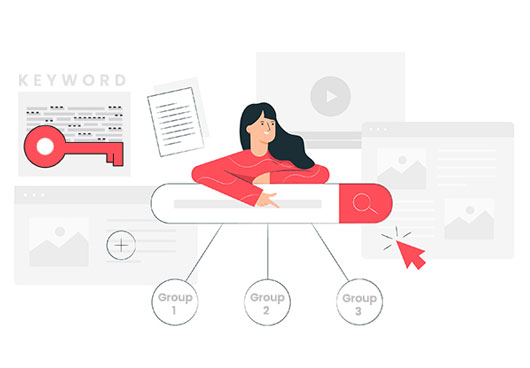
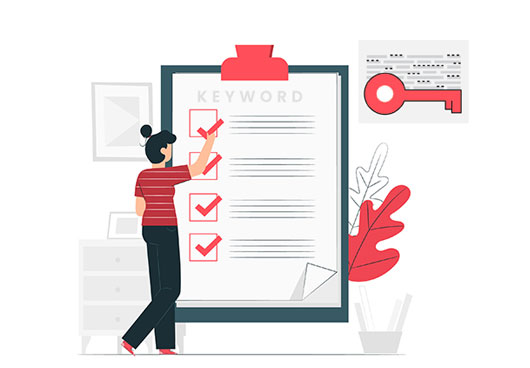


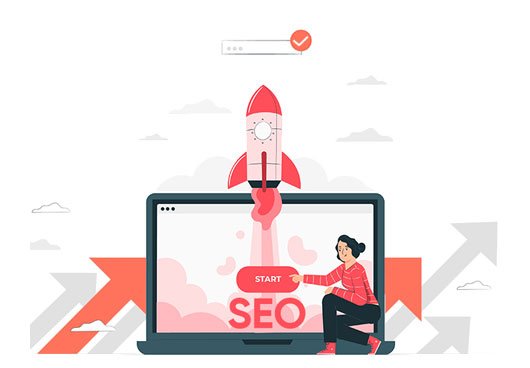
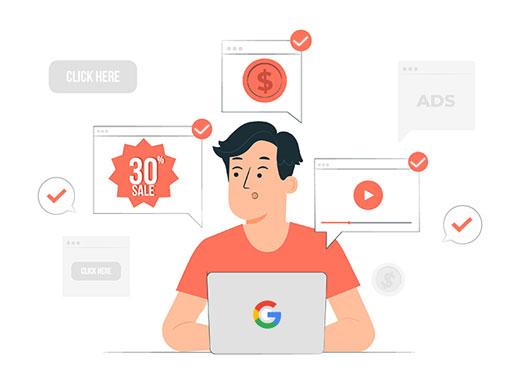




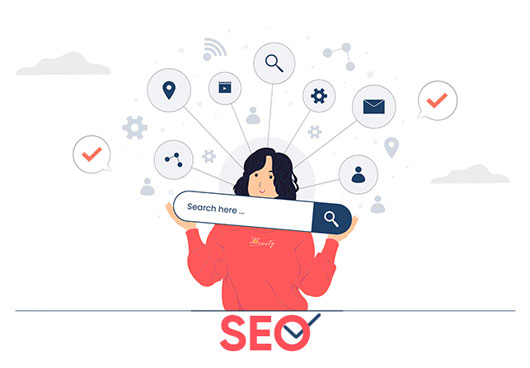


Leave a Reply